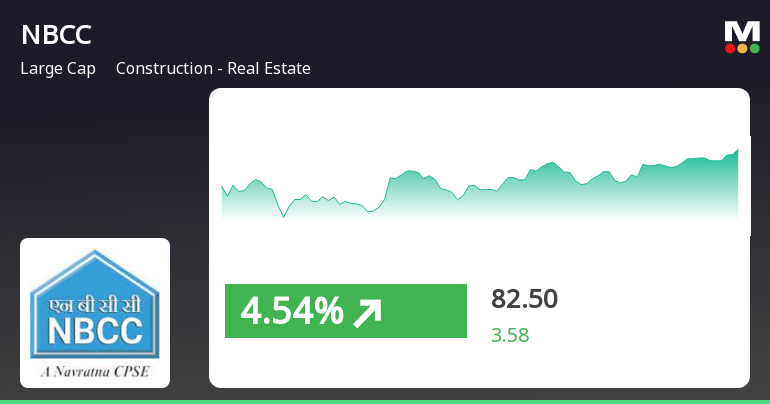In the field of space exploration, few milestones hold as much importance as the successful docking of spacecraft. On January 16, 2025, the Indian Space Research Organisation (ISRO) hogged the limelight globally by achieving a landmark feat with its SpaDeX docking experiment. India has now joined the elite group of nations—USA, Russia, and China—that have successfully executed spacecraft docking. Beyond national pride, this achievement signals a new era in India’s pursuit of advanced space missions and technologies.
SpaDeX Mission-Technological Marvel
SpaDeX was launched on December 30, 2024, from the Satish Dhawan Space Centre in Sriharikota. The mission consisted of two satellites, each weighing approximately 220 kg-SDX01, the Chaser and SDX02, the Target. The main objective of the mission was to develop and demonstrate the technologies required for spacecraft rendezvous, docking, and undocking. This technology is essential for future ambitious missions that could include sending Indian astronauts to the Moon and establishing an Indian Space Station.
The Docking Process: Precision and Innovation
The docking process itself is a complex procedure that requires extreme precision. It started with an incredible precision docking maneuver from the 15 meter hold point all the way up to the 3 meter hold point. All these steps entailed retraction of the docking mechanisms and rigidization to assure a good tight connection. The BDS is a homegrown technology that controlled both satellites to travel at a speed of just 10 millimeters per second, thus keeping the chances of collision at a very low level.
Real-World Significance
The implications of this achievement are manifold. First, the successful demonstration of in-space docking technology lays the groundwork for future missions involving crew interchange and resupply operations. Moreover, this technology could facilitate more complex missions, such as constructing space stations or conducting scientific research in orbit. The ability to transfer electric power between docked spacecraft also opens up new possibilities for in-space robotics and composite spacecraft control.
Learning from Global Leaders
India’s achievement in space docking cannot be seen in isolation. The way other countries have paved their way has to be understood. Russia was the first country to achieve docking in 1969, and then the USA achieved it in 1966. China entered the arena in 2011 with the Shenzhou-8 spacecraft. Through mastering this technology, India is not only enriching its capabilities but also adding a great value to the world space community.
Future Prospects: A New Horizon
Looking ahead, the successful docking of the SpaDeX mission marks a significant milestone in ISRO’s journey toward becoming a global leader in space exploration. As India continues to develop its indigenous technologies, the potential for future missions becomes even more exciting. The space agency has ambitious plans, including missions to the Moon and Mars, and the SpaDeX mission is a stepping stone toward achieving these goals.
Conclusion: Celebrating a Historic Achievement
In conclusion, the successful docking of the SpaDeX satellites not only exemplifies ISRO’s advanced technological capabilities but also reinforces India’s position in the elite club of space-faring nations. As we celebrate this historic achievement, we can look forward to a future filled with possibilities—one where India plays a crucial role in the next chapter of space exploration. The successful demonstration of the docking process reminds us that with determination, innovation, and collaboration, the sky is not the limit for India’s space ambitions.








